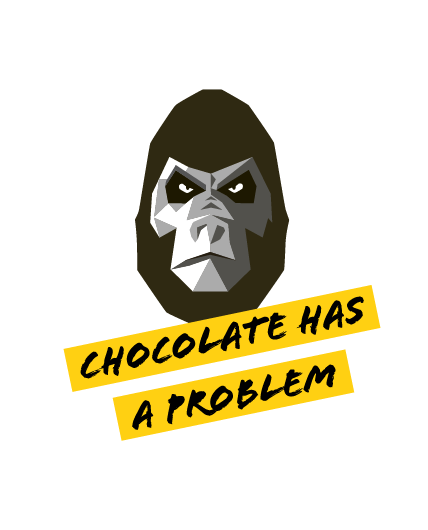We check whether the family farmers we work with are clearing forested areas. Our digital database includes information about all the plots, which are electronically mapped using GPS. Every cocoa bean purchase is registered in this database. This gives us complete traceability.
In 2023, we started to compare the cocoa plots with data from Global Forest Watch. This information allows us to identify plots affected by deforestation and reject cocoa from these producers. The initial results show that the risk of deforestation in our cocoa supply chain is low.
Even more importantly in terms of preserving forests and biodiversity, we have been helping family farmers convert their fields to dynamic agroforestry since 2021. This involves combining different plants in a way that increases biodiversity, while the plants enrich the soil with nutrients and provide shade for one another. The family farmers can also harvest products like maize or plantains in addition to cocoa. This gives them an additional income while also reducing the amount of food they need to buy for their own consumption. .
Many families have been practising similar farming methods for years. We support them in bringing even more diversity to their plots, especially through native trees. Together with the family farmers, we have converted 112 plots in Togo to dynamic agroforestry to date.
As we're just getting started with agroforestry and still have a lot of work to do in terms of getting people on board locally, we're only giving ourselves two ✅✅.

 Login
Login




